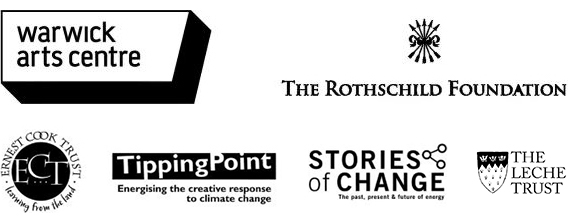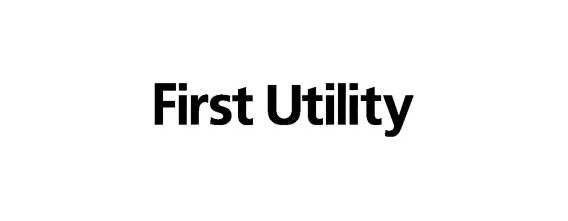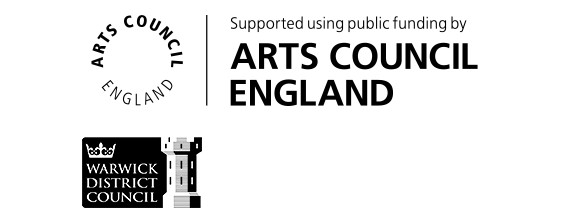1. The choreographer wanted to make a work about biological electricity inspired by the images and ideas in Professor Ashcroft’s book and decided to thread an emotional human story-line through it. Why might this be a good way to communicate a theme to an audience? How did he structure the work to tell the story?
Analysis Tasks and Questions
This section provides a range of analysis tasks and questions to deepen understanding and appreciation.
Here Kevin explains how and why the strop duets became the narrative focus for Charge
2. Watch the three Strop Duets (scenes 1, 8 & 14) and refer to the summary tables and movement analysis in Table 1 to compare them. How did the choreographer use i) movement ii) space iii) music/sound iii) film/visuals across the duets to tell the story?
3. Scene 2 Frogs (4:30 – 12:38) is intricately detailed, fast-moving, and layered with meaning. Look at the detailed analysis in Table 2 and colour-code the table as follows:
i) green: for features that suggest the scene is about frogs
ii) orange: for features that show the dancers as humans
iii) blue: for features suggesting electrical stimulation, electrocution and Frankenstein’s monster.
What do you think the scene is about? Each idea should be supported by the colour-coded evidence referencing details from the stage text.
4. In Zoetrope (12:38 – 13:36), there are a total of 26 ‘frames’.
Make a list 1 – 26 of what you see in each frame: how many dancers? Which ones? Where are they in space in relation to one another? What shapes are they making?
Check your list against Table 3, then print out and complete the table with illustrations.
5. Lightning Storm (13:36 – 15:40) and Frank (15:40 – 19:00) are connected by the character of Frankenstein’s monster yet they have very different visuals, movement characteristics, music and dynamics. What moods and ideas do you think each scene is trying to convey and how do these two scenes contribute to the themes in Charge?
Here, dancer Alasdair Stewart discusses the devising process and inspiration for Frank
6. Logela’s innovative film makes a significant and unique contribution to the visual style of Charge and serves multiple purposes. List ten different ‘spaces’ in Charge that are visualised using film and describe their impact and significance for the story-telling.
7. In several scenes, the dancers interact directly with the film in an apparent cause and effect relationship. Create a table to compare the interactions in
Hive City (19:00 – 22:35)
Memories of Paris (32:02 – 35:20)
and Losing Touch (61:23 – 68:28)
| FILM/MOVEMENT
INTERPLAY |
Location | Details of film image + live action | Moods/meanings evoked |
| Hive City | |||
| Memories of Paris | |||
| Losing Touch |
Here, dancer Chris Knight discusses the working with the projections in two different scenes, Memories of Paris and Hive City.
8. Lightbulbs are a central feature in Aerial Towers (22:35 – 29:00). When do they first appear? Track their significance through the work.
9. Circus skills are a recent extension to the skill set of the Motionhouse dancers and allow them to create extreme and memorable images. Make sketches of the holds and shapes Naomi moves through during her perilous birth journey in A story within a Story (35:20 – 46:33).
Do you think the risk factor, for some, may be distracting and interfere with their enjoyment and ability to focus on the ideas in the dance?
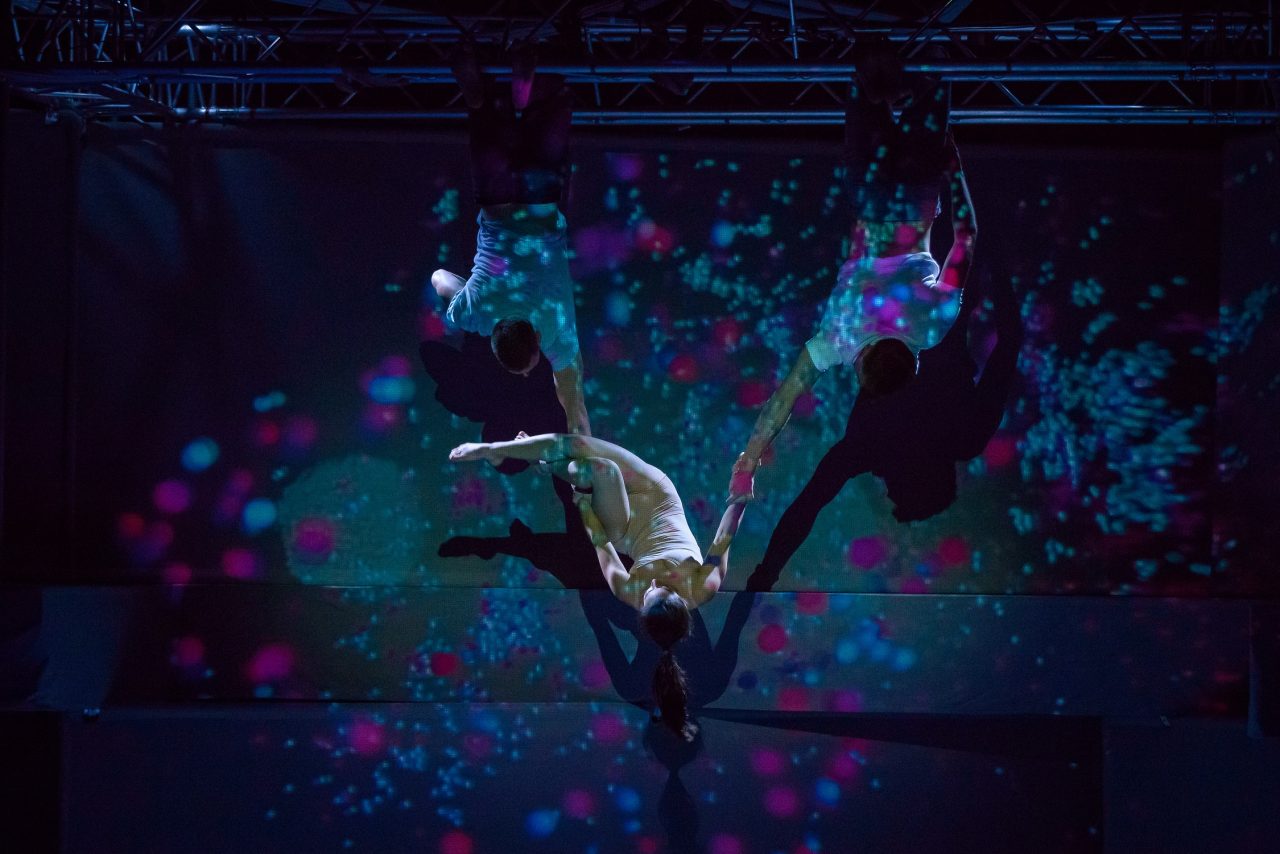
10. Heart Attack (55:00 – 58:32) crafts detailed, minute muscular movement and synchronicity and the technique of off-setting to show Naomi’s heart problem and her eventual heart attack. Complete a detailed movement analysis of Heart;
i) describe the movement and dynamics,
ii) draw the spatial patterns made on the floor and in the air
iii) note the use of choreographic devices
iv) illustrate each sequence with sketches of key moments
11. A feature central to the Motionhouse style of choreography is their use of contact work.
Choose a scene in which group contact or partnering feature prominently and make a series of sketches showing key ideas.
12. Finnan is known for his fascination with space and works closely with Simon Dorman and Logela Multimedia to design innovative 360 degree settings for his work. Two scenes from Charge are almost illusionist:
i) Aerial Foetus (35:20 – 46:33) and ii) Losing Touch (61:23 – 68:28)
Draw and annotate a diagram of the set to show how it was used (in combination with film and live action) to create edgy, illusionist qualities.
13. Losing Touch (61:23 – 68:28) builds to the climax of the narrative by drawing a parallel between tower block bedsits and the brain’s storage of memories.
i) How is this metaphor developed through the work?
ii) Do you recognise any of the psychoanalytical images?
ii) What makes this scene so powerful?
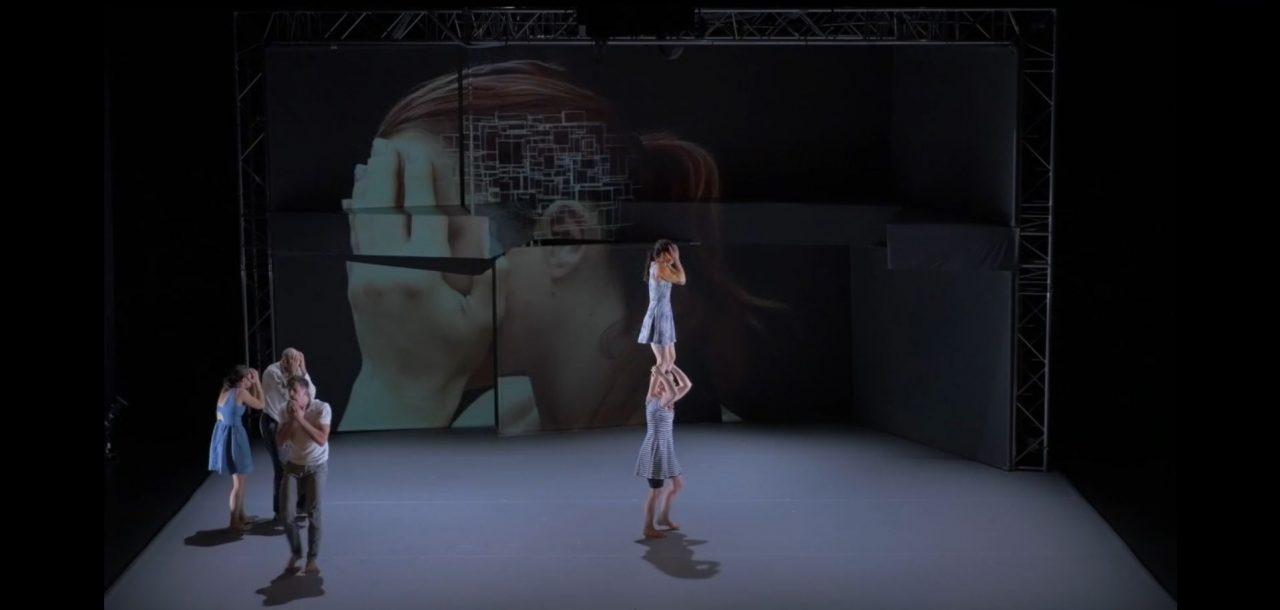
14. Becci and Danny emerge as the central characters but all the dancers are developed as supporting characters: Naomi plays Becci’s daughter, Al plays Naomi’s boyfriend and Chris and Martina introduce us to the young Becci and Danny in Memories of Paris.
Watch the cameo freezes following Naomi’s heart attack (57:18 – 58: 20) and the final images of Losing Touch (68:20 – 68:39) to zoom in on the characters and their interactions. How many relationships can you find in the frantic duets performed in the horizontal corridor of light in Forgetting (53:21 – 54:22).
15. Chris and Al also break out of the ensemble to dance the roles of Frankenstein and his monster in Frogs (6:55 – 12:38) and, if you watch closely the end of Losing Touch (68:34), you will notice the monster makes one last fleeting appearance. Why did the choreographer chose this point – right at the climax of the work – to refer back to the electrical experiments of the c19th?
16. Professor Sophy Smith and Tim Dickinson’s emotive soundscore combines symphonic orchestral pieces with a range of different sound sources from popular culture: electrical sparking and sizzling, live voices (sighs, shouts) and action-induced sounds (the slap of arms to the sides in heart attack), train whistles, a heartbeat. How important are the sound effects and music in Charge? Choose three contrasting scenes and show how the score contributes to the meaning, mood and atmosphere.
17. From the list of recurring motifs below, choose one and follow its development throughout the work explaining the context and significances of each variation.
i) The inverted walking headstand
ii) The plea for help/offer of help arm gesture
ii) The use of the set’s material
iii) The electrical sounds and images
iv) Lightbulbs
vi) Playground images
18. Describe how the lighting design of Charge contributes to the themes, moods and ideas in the dance. Think about the different considerations and variables for a lighting designer (visibility, colour associations, intensity, shape, pattern, timing, special lighting effects) and illustrate their significance with examples from two contrasting sections.
19. Describe the costumes in Charge. How did they vary through the work and what did they contribute to the setting and themes?
20. Which section in Charge has the most dramatic impact? What meanings, moods and significances are conveyed and how has the choreographer achieved them?
21. Was there any scene in Charge which did not work for you? Was the action too abstract or too fast-moving to digest? Would you have liked text or some other device to make the storyline clearer? Would you have omitted, shortened, extended or altered any scenes, had you been the choreographer?
22. Kevin Finnan wanted to explore the idea of energy as a continuum; vital on a microscopic level in our bodies as well as being considered essential to our everyday lives. He used a literary technique called ‘zooming in and zooming out’ to achieve this. Describe three moments in the dance when you were aware of this technique being used.
23. Charge completes a triptych of work, following on from Scattered (2009) and Broken (2013)
What is it, thematically, that connects the three pieces into a larger whole? Look up the definition of the word ‘triptych’. What connotations does the word ‘triptych’ have and why might the choreographer have chosen to use this term instead of ‘trilogy’?
24. Compare and contrast the sets of Scattered, Broken and Charge. How did Simon Dorman’s designs help create new and innovative movement possibilities in each work?
25. Collect reviews of Charge, Scattered and Broken. Highlight, with one colour, all comments/words that are descriptive (that tell us what the piece looked and sounded like), another colour for evaluative comments (that tell us how good the reviewer thought it was) and a third for interpretative comments (what the piece was about). Write your own response to Charge, taking care to include all three elements of description, evaluation and interpretation.
26. For each piece in the triptych, make notes under the following headings to consider how they are similar and where they differ?
|
SCATTERED (2012) |
BROKEN (2015) |
CHARGE (2017)
|
|
|
Starting Points
|
|
||
|
Title choices
|
|
||
| Themes |
|
||
|
Set & designer
|
|
||
|
Soundscape & composer
|
|
||
|
Film images & creators
|
|||
|
Costumes
|
|
||
|
Special lighting effects
|
|
||
|
Movement
|
|
||
|
Choreographic devices
|
|||
|
Metaphor/ symbolism
|
|
27. Find out about Motionhouse’s outdoor productions. How do these pieces differ from the theatre work?
28. Motionhouse are regularly commissioned to produce work for large scale celebratory events. Identify, from the images below, three such commissions, giving titles, dates, venues and events. Choose one work to research further. Find details of the cast, the themes, collaborators, highlights and reviews.
29. Create a time-line of Motionhouse work since their founding in 1988. Make notes on each piece, including dates, performers, artists involved and theme using descriptions, reviews and photographic images.
30. Each dance genre presents specific physical and technical challenges – what do you think are the challenges of Motionhouse’s style of contemporary dance? How do Motionhouse dancers train to meet these challenges?
31. Listen to the interview with Kevin Finnan and refer to the Motionhouse website to trace the development of the company from their beginnings as a duo in 1988 to their current position as a leading contemporary UK dance repertory company.
32. Motionhouse employs, on a full-time basis, a Rehearsal Director, eight dancers, a Programme Manager, Production Manager, Finance Manager, Communications and Development Director, Marketing and PR Manager, Digital Communications Officer, Education Officer and an Administrator. The crew and creative collaborators are recruited on a freelance basis as required.
Refer to the Motionhouse website to complete the family tree below and show how the company is structured.

33. Find out what the company offer to dance, education and the community, in addition to creating, performing and touring work.
